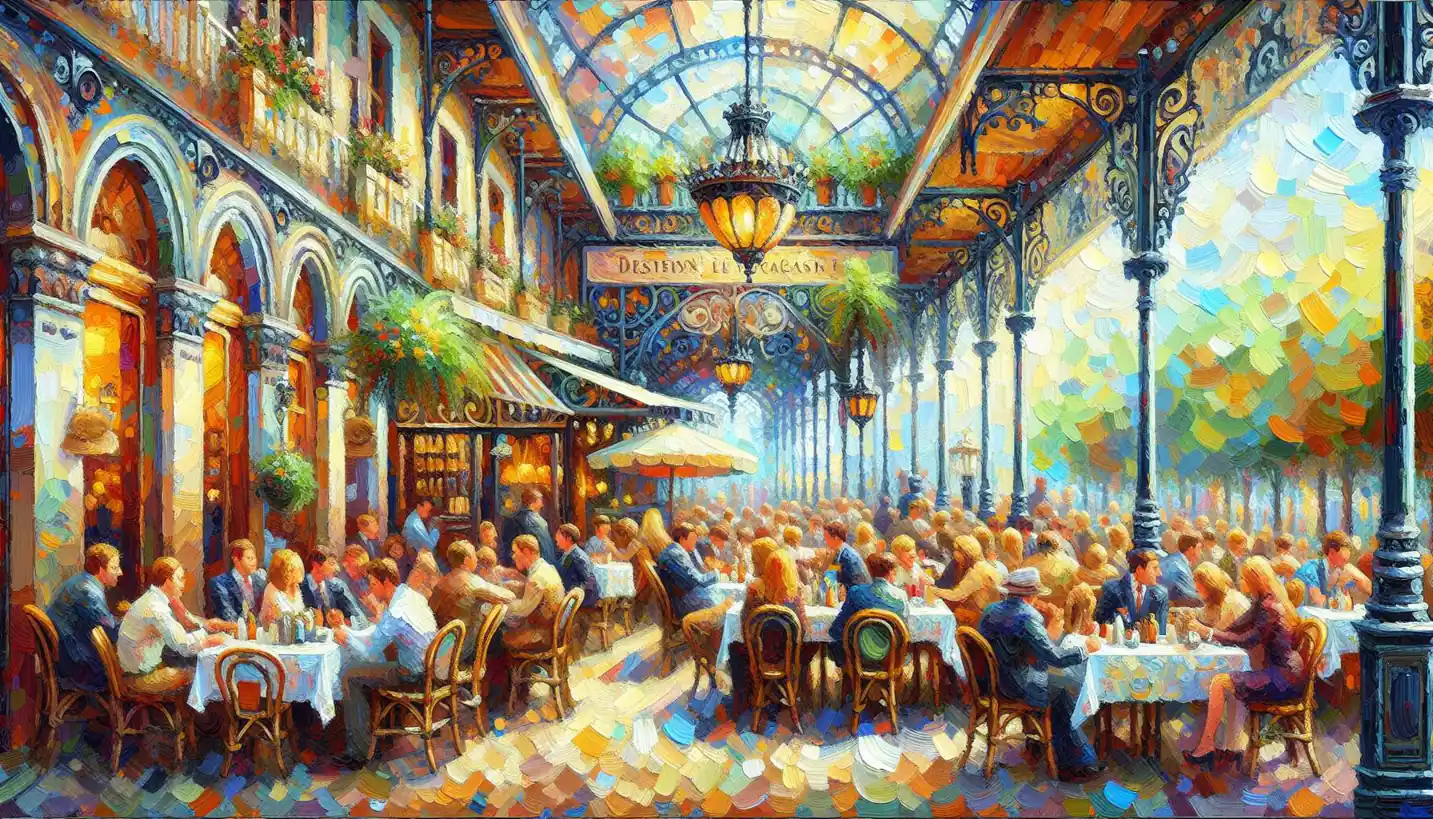· Art · 4 min read
Iconoclasm: The Powerful Dance Between Art and Destruction
Iconoclasm's clash with tradition reveals art's transformative power, exploring the delicate balance between creation and destruction.

Once upon a time, in the ever-evolving tale of art, there exists a fascinating concept known as iconoclasm. This term, derived from Greek words meaning “image breaking,” takes us on a journey through times when art met its foes and allies simultaneously. Imagine a grand tapestry of history, where paintings and sculptures become battlegrounds of belief and authority, and the idea of iconoclasm emerges as a dramatic player in this storyline.
Iconoclasm isn’t just about smashing statues or tearing down paintings. At its core, it’s an intense conversation between creation and destruction, belief and skepticism, and authority and rebellion. But what makes iconoclasm so captivating is how it reflects the struggles and ideologies of different societies throughout history.
The Birth of Iconoclasm
The term might sound niche, but its essence has roots stretching back centuries. Picture yourself in the Byzantine Empire around the 8th century, where the first significant iconoclastic movement shook the religious and artistic worlds alike. During this time, certain factions of the Church began questioning the use of religious images, claiming that worshipping these icons equated to idolatry. This led to the destruction or alteration of many sacred artworks, stirring enormous controversy.
This movement wasn’t just a conflict about art; it was about how societies perceive the divine. Art wasn’t simply decoration; it was a conduit for faith and belief, making the iconoclastic debate as much theological as it was artistic.
Echoes Through Time
Fast forward to Europe’s Protestant Reformation in the 16th century, and you’ll find another wave of iconoclasm causing artistic and religious turmoil. This period saw widespread destruction of imagery in churches, driven by growing desires to purify faith and remove any perceived impurities.
These actions reflected deeper societal changes, where power dynamics were shifting, and the role of art was being fiercely debated. It wasn’t just about breaking statues; it was about redefining truths and values.
Why We Tear Down to Build Up
A perplexing question hangs in the air—why do societies turn to iconoclasm? Often, it’s a tool wielded during times of upheaval or reform, when old symbols no longer fit new ideologies. Imagine a society going through a massive identity crisis, re-evaluating everything it stands for. In such times, art can become a focal point for expression and activism.
Iconoclasm isn’t always about physical destruction. In modern contexts, it’s about challenging norms and reinterpreting historical art through new lenses. Consider contemporary street art, which often questions societal norms and past injustices. These acts can be seen as the new form of iconoclasm, breaking down outdated perceptions to build new narratives.
Art’s Resilience and Triumph
Despite the waves of iconoclasm, art has continuously shown resilience. When something is destroyed, creativity often finds ways to rebuild and reinterpret. Think about how the destruction of certain pieces has led to more profound conversations around art preservation and cultural heritage.
Every act of iconoclasm gives rise to artistic revival. Sometimes, the conversation it fuels is what keeps art alive. When societies try to erase or suppress certain images, they inadvertently highlight their importance, making them central to cultural memory.
Art History’s Dramatic Dialogue
Iconoclasm even leaves its mark on cultural and political landscapes. Take, for example, the fall of the Berlin Wall, where its destruction symbolized the end of division. The remnants of the wall have become canvases for art and messages, transforming a symbol of separation into one of expression and unity.
The dialogue between creation and destruction also enhances our understanding of art’s role in society. By studying iconoclasm, we learn about deeper societal shifts and the timeless nature of human expression.
Sparking the Flame of Curiosity
As we ponder iconoclasm, questions inevitably emerge. How does art maintain its identity amidst such challenges? When does destruction become a necessary catalyst for change?
Reflecting on these inquiries opens doors to more profound exploration into the ways we interact with art and what it represents. Iconoclasm is more than an act of destruction; it’s an ongoing conversation about identity, belief, and power.
The Future of Iconoclasm
In today’s world, the spirit of iconoclasm endures, symbolizing both crisis and renewal. As new social and political movements emerge, so too do new expressions of iconoclasm. In a digital age, even virtual “destruction” through data and imagery challenges traditional ideas about permanence and art.
This evolving concept prompts further exploration into how our contemporary society deals with iconoclastic impulses.
Iconoclasm is like a dance, where each step incorporates echoes from the past, imaginings of the future, creating a rhythm of continual transformation in the world of art.


